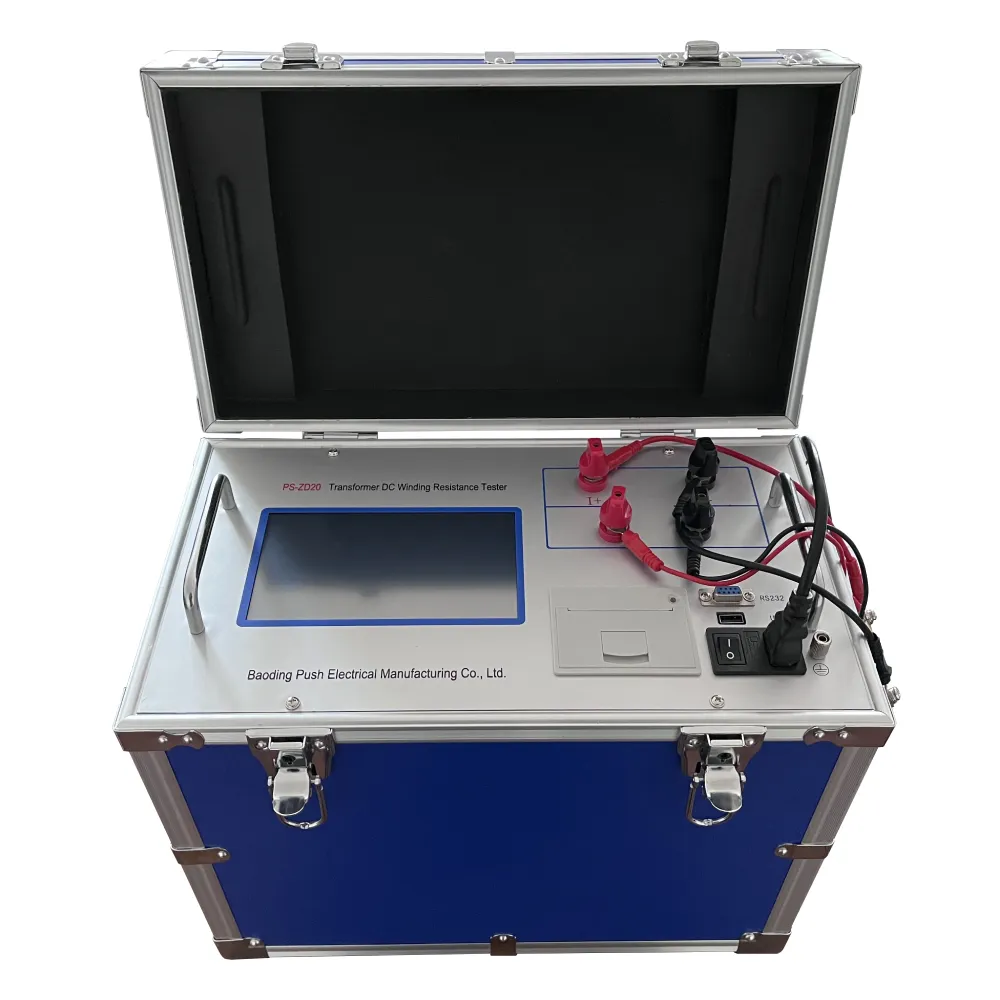 English
English


Single Phase Transformer Load Testing Experiment for Performance Evaluation and Analysis
Load Test on Single Phase Transformer Experiment
A single-phase transformer is a vital component in electrical engineering, widely used for stepping up or stepping down voltage levels in various applications. To evaluate its performance and efficiency, conducting a load test is essential. This experiment aims to analyze the transformer's behavior under load conditions and determine key parameters such as voltage regulation, efficiency, and temperature rise.
The core of a transformer operates on the principle of electromagnetic induction, where an alternating current in the primary winding generates a magnetic field that induces a voltage in the secondary winding. The load test involves connecting a known resistive load to the secondary side and measuring various parameters under different load conditions.
The first step in the load test is to set up the experimental apparatus. This includes the transformer, measuring instruments such as voltmeters and ammeters, a load bank to simulate different load conditions, and necessary safety equipment. After ensuring that the transformer is connected properly and all safety protocols are in place, the primary winding is energized with a specific voltage.
load test on single phase transformer experiment

Once the transformer is energized, the secondary side is loaded systematically, starting from no load to full load. At each load increment, measurements of primary and secondary voltages, currents, and power are recorded. This data allows for the calculation of output power and efficiency, which is defined as the ratio of output power to input power. It is crucial to maintain the load for a specific duration to ensure the temperature stabilizes, allowing accurate readings of temperature rise due to copper losses.
One of the significant parameters derived from the load test is voltage regulation, which indicates the change in secondary voltage as the load varies. It is calculated by measuring the difference between no-load voltage and full-load voltage, divided by the full-load voltage, expressed as a percentage. A low percentage of voltage regulation indicates a good performance of the transformer, with minimal voltage drop under load.
The load test also helps in identifying the transformer's heating characteristics. Prolonged operation under load increases temperature due to losses in the windings and core. Monitoring the temperature is crucial as excessive heating can lead to insulation breakdown and reduce the lifespan of the transformer. Therefore, thermocouples or infrared cameras are often employed to track temperature increases over the test duration.
In conclusion, the load test on a single-phase transformer is a critical experiment that provides valuable insights into the operational efficiency and reliability of the device. By systematically subjecting the transformer to varying loads and meticulously recording the resulting electrical parameters, engineers can ensure that transformers are optimized for their intended applications, ultimately enhancing the reliability of electrical systems.
-
Differences between open cup flash point tester and closed cup flash point testerNewsOct.31,2024
-
The Reliable Load Tap ChangerNewsOct.23,2024
-
The Essential Guide to Hipot TestersNewsOct.23,2024
-
The Digital Insulation TesterNewsOct.23,2024
-
The Best Earth Loop Impedance Tester for SaleNewsOct.23,2024
-
Tan Delta Tester--The Essential Tool for Electrical Insulation TestingNewsOct.23,2024





